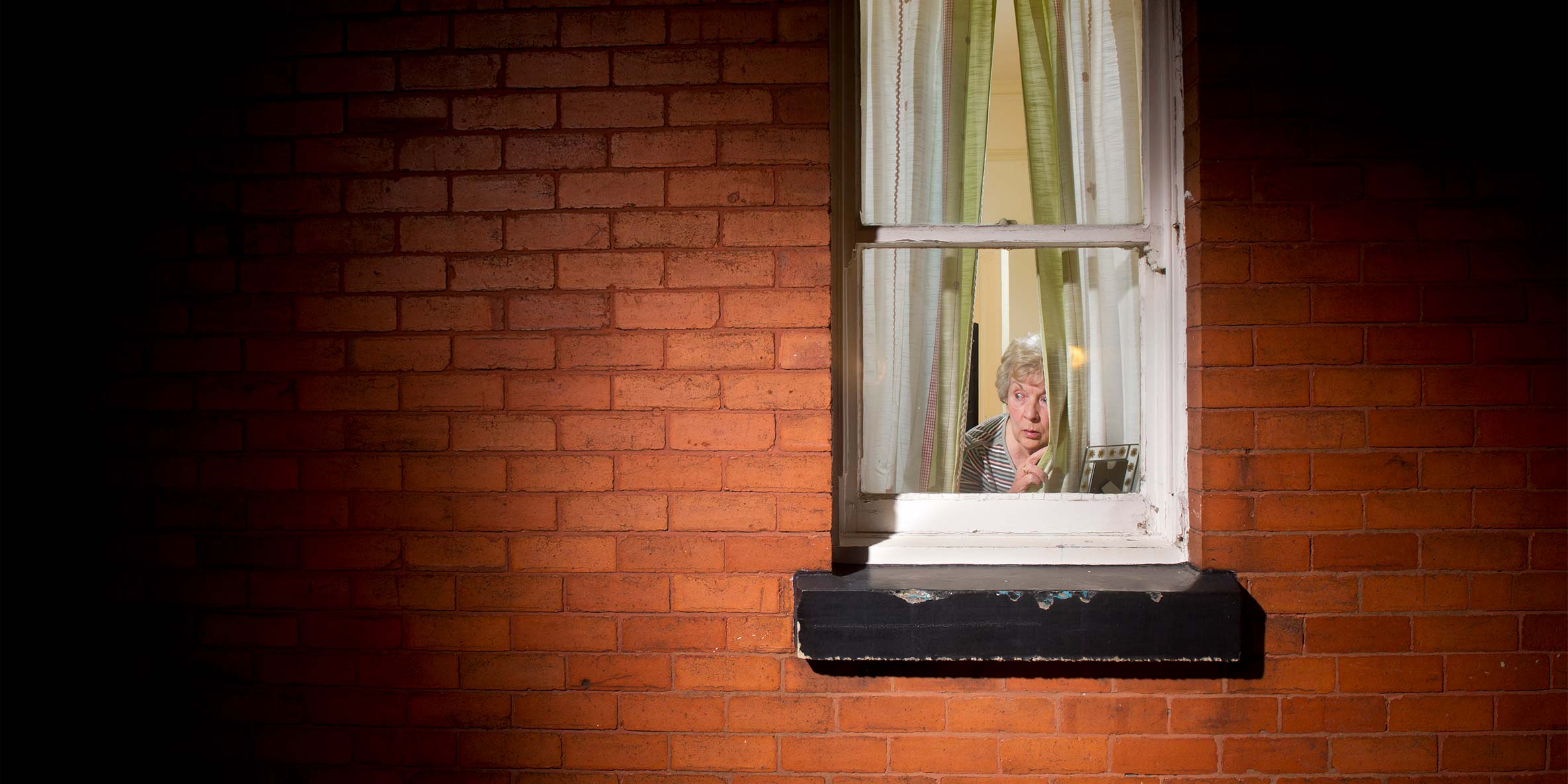Integrating your connected devices allows you to properly control all aspects of your smart home seamlessly and effortlessly through a single hub or app. Here are six key questions to consider when building a smart home ecosystem that will best fit your lifestyle.
1. Would You Like Professional Installation or DIY?
Do-it-yourself (DIY) is an emerging trend shaking up the home security industry, offering an alternative for those looking to secure their home in an affordable and convenient way. However, DIY security systems require you to install your connected security devices on your own. If you’ve done your research and purchased devices from a trusted vendor, DIY is a viable method. But, if you do not feel comfortable installing your devices, then a professionally installed ecosystem is the way to go.
2. Do You Want 24/7 Monitoring With Your System?
If you choose professional installation for your smart home ecosystem, then you have the option for a 24/7 monitoring service. Should an emergency occur, an alarm sounds to alert you of a threat. At the same time, 24/7 monitoring center operators are notified so they can dispatch emergency services.
3. What Type of Property Do You Have?
Do you live in a home, multi-tenant building or apartment? Your solution will vary depending on your type of residence. For example, homeowners may have outdoor smart lights that need to be integrated into their ecosystem, while apartment dwellers won’t have to worry about their building’s exterior. Consider these factors and work with a trusted security vendor to develop a solution that fits your needs.
4. Do You Rent or Own This Property?
People who own their property have free range to customize and build their smart home ecosystem however they like. However, customization is limited when you rent your property. Landlords may have certain restrictions that keep tenants from permanently installing equipment. If you rent, check with your landlord to see what smart home security features are within the parameters of your lease.
5. Who Resides in Your Home?
Consider who lives in your home. Do you have pets, children or roommates? Depending on your answers, you may have to build your smart home ecosystem to adapt to your housemates. Pets and children may accidentally trip sensors, creating a false alarm. Or, if your system is activated when you’re unavailable, housemates must learn to operate it.
6. What Features Would you Like Your Security System to Have?
Lastly, determine what features to include in your smart home security system. With Vector Security systems, our smart home features, include:
- Cameras
- Carbon monoxide detectors
- Garage door control
- Lights
- Locks
- Motion sensors
- Smoke alarms
- Thermostats
When your smart home devices are integrated, they work in harmony to create an in-home ecosystem that enhances your comfort and convenience. Contact your security vendor to start building your smart home ecosystem today!



